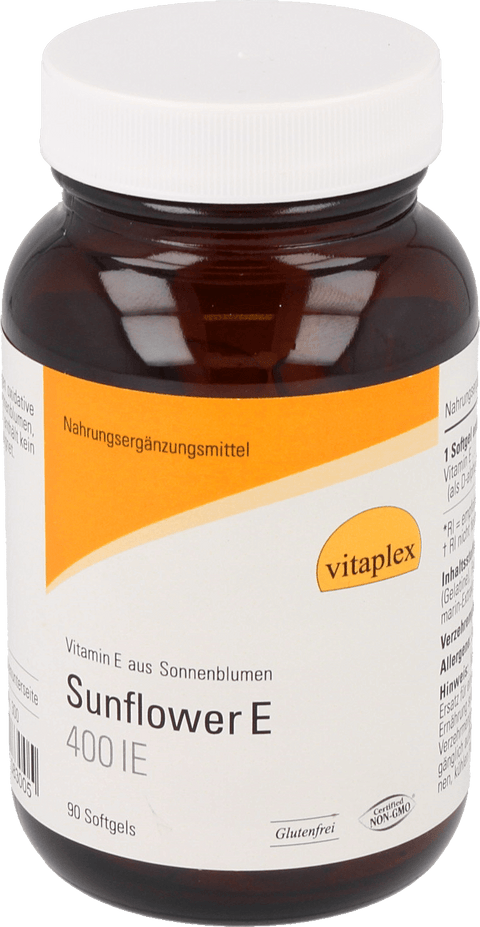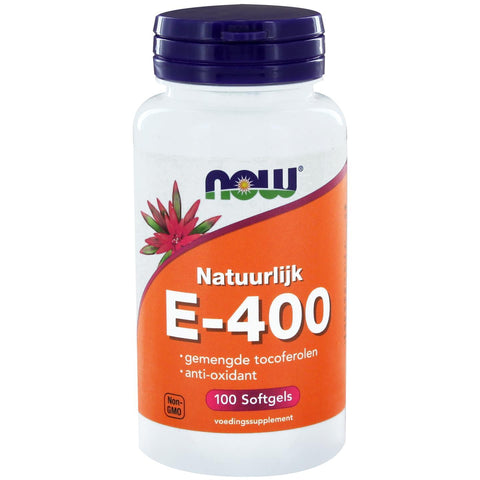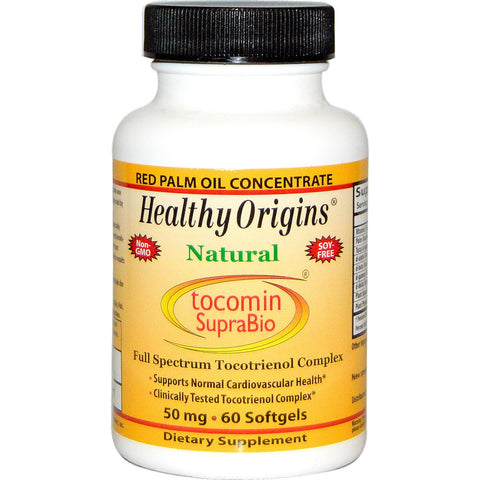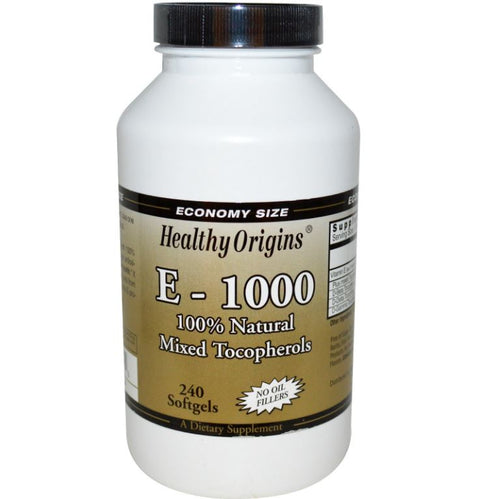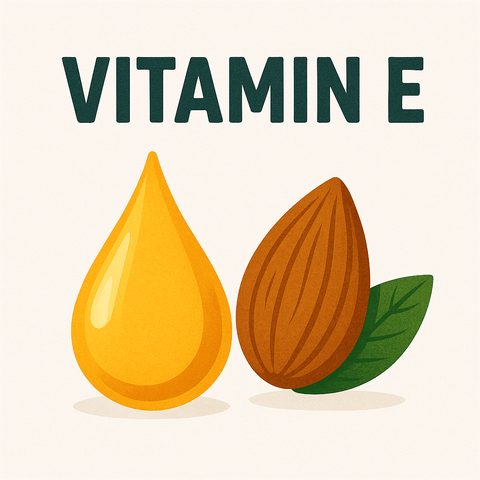
Vitamin E Benefits: Antioxidant Protection and Cellular Health
🛡️ Vitamin E Benefits: Antioxidant Protection and Cellular Health
📚 Table of Contents
-
Introduction
-
What Is Vitamin E?
-
EFSA-Approved Health Claims for Vitamin E
-
How Vitamin E Protects Cells from Oxidative Stress
-
Natural Sources of Vitamin E
-
Recommended Daily Intake (EFSA Guidance)
-
Vitamin E Deficiency: Risks and Signs
-
Safety and Tolerable Upper Intake Levels
-
Supplementation Guidelines
-
Supporting Nutrients for Vitamin E
-
FAQs
-
Conclusion
1. 📖 Introduction
Vitamin E is a fat-soluble nutrient essential for maintaining cellular integrity and protecting the body from oxidative stress. The European Food Safety Authority (EFSA) authorizes one primary, scientifically proven health claim for Vitamin E:
“Vitamin E contributes to the protection of cells from oxidative stress.”
This simple but powerful claim highlights the vitamin’s antioxidant role in the human body. From immunity to aging and cell preservation, Vitamin E is vital to overall well-being.
This guide explores EFSA’s approved claim, how Vitamin E works, where to get it, and how to use it safely and effectively.
2. 🔬 What Is Vitamin E?
Vitamin E is a group of eight fat-soluble compounds, including four tocopherols and four tocotrienols. Among these, alpha-tocopherol is the most biologically active form in the human body.
Key Features:
-
Antioxidant that prevents lipid peroxidation
-
Fat-soluble, stored in liver and fat tissue
-
Requires dietary fat for absorption
-
Transported in the body by lipoproteins (e.g., LDL)
Unlike water-soluble vitamins (like C or B-complex), Vitamin E needs careful dosage management to avoid buildup over time.
3. ✅ EFSA-Approved Health Claims for Vitamin E
EFSA has authorized one health claim for Vitamin E, based on rigorous scientific evidence:
"Vitamin E contributes to the protection of cells from oxidative stress."
This means Vitamin E helps safeguard your body’s cells from damage caused by reactive oxygen species (ROS) and free radicals — unstable molecules linked to aging and disease.
4. 🧪 How Vitamin E Protects Cells from Oxidative Stress
What Is Oxidative Stress?
Oxidative stress occurs when free radicals outnumber antioxidants in the body, causing damage to:
-
DNA
-
Proteins
-
Lipids (fats in cell membranes)
Vitamin E protects these lipids by interrupting the free radical chain reaction that can compromise cell membranes.
Vitamin E’s Mechanism of Action
-
Neutralizes free radicals by donating electrons
-
Prevents lipid peroxidation, particularly in polyunsaturated fats
-
Works with Vitamin C to regenerate oxidized Vitamin E
-
Maintains membrane stability in neurons, skin, and immune cells
This antioxidant defense is crucial for preventing inflammation, preserving organ function, and supporting long-term health.
5. 🌱 Natural Sources of Vitamin E
Vitamin E is found in a wide range of plant-based foods, especially those high in fat.
Best Dietary Sources (alpha-tocopherol-rich):
| Food | Vitamin E (mg/100g) |
|---|---|
| Sunflower seeds (dry roasted) | 35.1 mg |
| Almonds | 25.6 mg |
| Hazelnuts | 15.0 mg |
| Avocados | 2.1 mg |
| Olive oil (extra virgin) | 14.4 mg |
| Wheat germ oil | 149.4 mg |
| Spinach (cooked) | 3.7 mg |
| Red bell pepper (raw) | 1.6 mg |
| Butternut squash | 1.3 mg |
| Kiwi | 1.5 mg |
6. 📏 Recommended Daily Intake (EFSA Guidance)
EFSA sets Adequate Intake (AI) levels for Vitamin E, expressed in mg of alpha-tocopherol equivalents (mg α-TE/day).
EFSA Daily Intake Recommendations:
| Group | Adequate Intake |
|---|---|
| Adult Men | 13 mg/day |
| Adult Women | 11 mg/day |
| Adolescents (15–17 yrs) | 13 mg/day |
| Children (1–14 yrs) | 6–11 mg/day |
| Pregnant Women | 11 mg/day |
| Lactating Women | 13 mg/day |
These levels support antioxidant defense and cellular protection.
7. ⚠️ Vitamin E Deficiency: Risks and Signs
Though rare in healthy individuals, deficiency can occur in people with:
-
Fat malabsorption disorders (e.g., celiac disease, Crohn’s, cystic fibrosis)
-
Genetic disorders affecting Vitamin E transport
-
Premature infants with low birth weights
Symptoms of Deficiency:
-
Muscle weakness
-
Vision impairment
-
Immune dysfunction
-
Neurological problems (e.g., poor coordination, neuropathy)
-
Retinopathy (eye disorders)
Chronic deficiency increases long-term oxidative damage and may worsen cardiovascular or neurological diseases.
8. ⚖️ Safety and Tolerable Upper Intake Levels
EFSA sets Tolerable Upper Intake Levels (ULs) for Vitamin E, primarily due to risks related to excessive bleeding and anticoagulant interactions.
EFSA Upper Limits:
| Group | Upper Intake (mg/day) |
|---|---|
| Adults | 300 mg |
| Children (1–3 yrs) | 100 mg |
| Children (4–10 yrs) | 160 mg |
| Adolescents (11–17 yrs) | 260 mg |
Side Effects of Excess:
-
Nausea or stomach cramps
-
Headache
-
Fatigue or weakness
-
Risk of hemorrhagic stroke in extreme cases
-
Interaction with blood thinners (e.g., warfarin)
9. 💊 Supplementation Guidelines
Vitamin E supplements are available in natural (d-alpha-tocopherol) and synthetic (dl-alpha-tocopherol) forms.
Who Might Need Vitamin E Supplements?
-
Individuals with low-fat diets
-
People with malabsorption issues
-
Elderly (reduced absorption & oxidative protection)
-
Smokers (increased free radicals)
-
People exposed to high oxidative stress (pollution, UV radiation)
Forms of Supplements:
-
Softgel capsules (most common)
-
Topical creams and oils for skin
-
Mixed tocopherol formulas for broader antioxidant support
⚠️ Always consult a healthcare provider before using high-dose Vitamin E supplements, especially if taking medications or managing chronic illness.
10. 🔗 Supporting Nutrients for Vitamin E
Vitamin E works best when paired with other nutrients:
| Nutrient | Synergistic Role |
|---|---|
| Vitamin C | Regenerates oxidized Vitamin E |
| Selenium | Part of glutathione peroxidase, enhances antioxidant system |
| Omega-3s | Reduces inflammation, enhances cell membrane health |
| Zinc | Supports skin and immune function |
| CoQ10 | Helps protect cardiovascular tissues alongside Vitamin E |
Fat is also essential for absorption—consume Vitamin E-rich foods with oils or nuts for optimal results.
11. ❓ FAQs
Q1: What does Vitamin E do for the body?
EFSA confirms that Vitamin E protects cells from oxidative stress—a critical defense against aging and chronic diseases.
Q2: Can you take Vitamin E every day?
Yes, as long as you remain within the recommended daily intake. Whole foods are safest, and supplements should be used cautiously.
Q3: Which foods are highest in Vitamin E?
Sunflower seeds, almonds, hazelnuts, and wheat germ oil are top sources.
Q4: Is Vitamin E good for the skin?
Yes. Though not an EFSA claim, Vitamin E’s antioxidant function contributes to skin cell protection and hydration.
Q5: What’s the difference between d-alpha and dl-alpha-tocopherol?
“d-alpha” is natural and more bioavailable; “dl-alpha” is synthetic and less potent.
12. ✅ Conclusion
Vitamin E is a vital antioxidant whose primary EFSA-approved benefit is:
“Contributes to the protection of cells from oxidative stress.”
This role supports everything from cardiovascular to neurological health. While it doesn’t have as many EFSA-approved claims as other vitamins, its protective capacity is powerful and essential.
To maximize Vitamin E benefits:
-
Prioritize whole foods like nuts, seeds, oils, and leafy greens
-
Pair with healthy fats for better absorption
-
Be mindful of upper limits, especially with supplements
-
Combine with Vitamin C and selenium for enhanced protection
Final Tip: Vitamin E is most effective when part of a balanced, nutrient-rich diet. Supplement only when necessary, and always under professional guidance.

